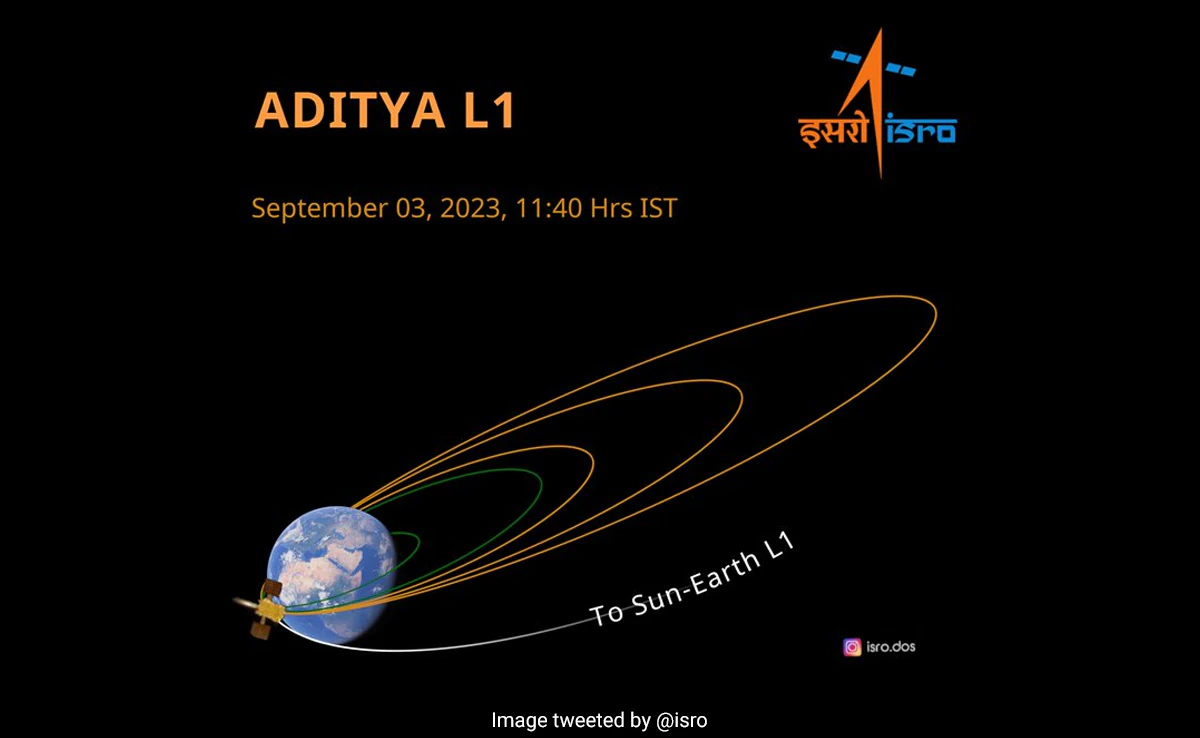Introduction
India is all set to embark on its first space mission to study the Sun – Aditya L1. This ambitious project aims to place a spacecraft in a halo orbit around the Lagrange point 1 (L1) of the Sun-Earth system, approximately 1.5 million km from our planet. The Aditya L1 mission holds great significance not only for India but also for the global scientific community.
Exploring the Sun’s Atmosphere
Aditya L1 is equipped with advanced instruments and sensors to study the Sun’s atmosphere and its dynamic processes. One of the primary objectives of this mission is to understand the solar corona, which is the outermost layer of the Sun’s atmosphere. Scientists believe that studying the corona can help us unravel the mysteries of solar storms, which can have significant impacts on our technological infrastructure.
By analyzing the corona, Aditya L1 will provide valuable insights into the origin and evolution of solar storms, their intensity, and the mechanisms that drive them. This data will not only enhance our understanding of the Sun but also enable us to improve space weather forecasting, which is crucial for satellite operations, communication systems, and navigation.
Aditya L1’s Instruments
The spacecraft carries a suite of instruments that are specifically designed to study various aspects of the Sun’s atmosphere. One of the key instruments is the Visible Emission Line Coronagraph (VELC), which will capture high-resolution images of the solar corona and help scientists analyze its structure and dynamics.
Aditya L1 also features the Solar Ultraviolet Imaging Telescope (SUIT), which will observe the Sun in the near-ultraviolet region of the electromagnetic spectrum. This instrument will provide crucial data on the dynamics of the solar chromosphere and help us understand the heating mechanisms of the Sun’s outer layers.
Collaboration and International Partnerships
The Aditya L1 mission is a testament to India’s growing prowess in space technology and research. The Indian Space Research Organization (ISRO) is leading the mission and has collaborated with various international partners, including NASA and the European Space Agency (ESA).
These partnerships allow for the exchange of knowledge, expertise, and resources, enabling scientists from different countries to work together towards a common goal – expanding our understanding of the Sun and its impact on Earth. Such collaborations foster global scientific cooperation and pave the way for future collaborative missions.
Conclusion
The Aditya L1 mission represents a significant milestone for India’s space exploration endeavors. By venturing into the realm of solar research, India is poised to contribute valuable data and insights to the global scientific community. Through the study of the Sun’s atmosphere, Aditya L1 will not only help us better understand our nearest star but also improve our ability to predict and mitigate the effects of solar storms on Earth. This mission serves as a testament to the power of international collaboration and the spirit of exploration that drives humanity forward.



